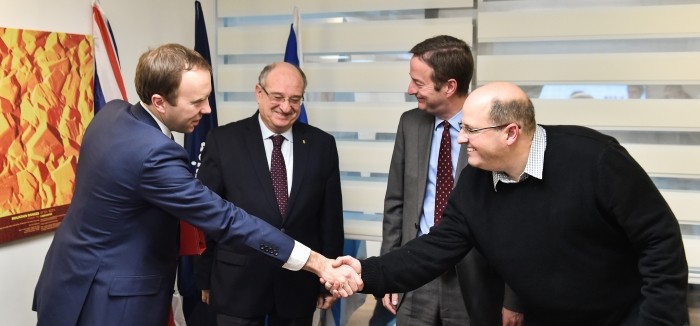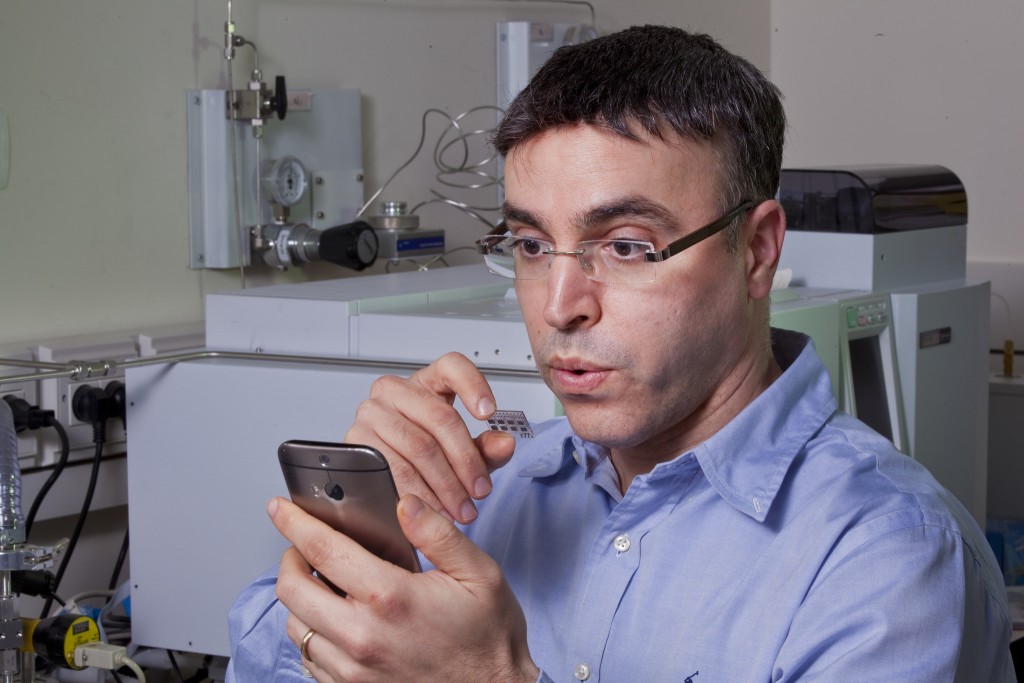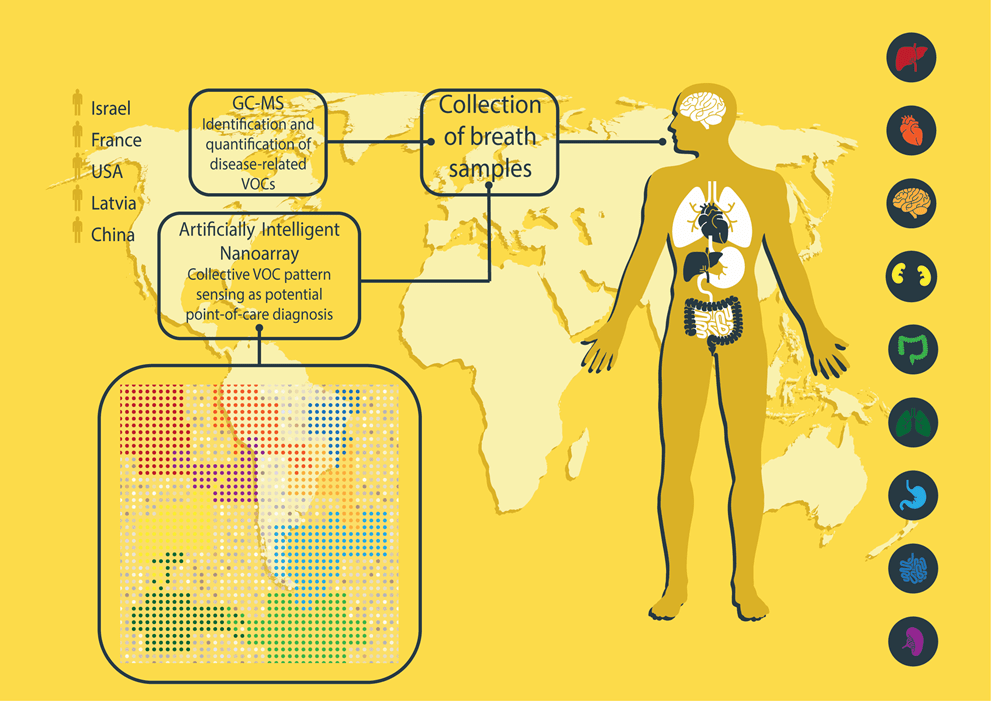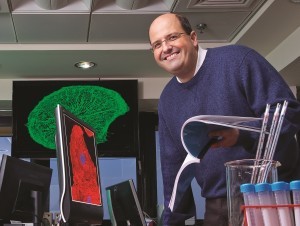“The world is changing before our eyes”
Mechanical Engineering in the Internet of Things and Big Data Era, the 34th Israeli Conference on Mechanical Engineering, was held at the Technion. At the conference, awards were given to three individuals who have made significant contributions in the field of mechanical engineering.
The 34th Israeli Conference on Mechanical Engineering (ICME 2016) was held recently at the Technion Faculty of Mechanical Engineering. This interdisciplinary event, which included 234 lectures, is intended to foster innovation and promote the translation of basic research into beneficial engineering applications. The conference focused on two main areas: the Internet of Things – a combination of electro-mechanical systems that make it possible to collect information and store it in a cloud; and Big Data – the use of machine learning technologies for extracting the relevant information in order to improve the performance, control, design and production of such systems.
Breaking down the barriers
The four keynote lectures at the conference were delivered by Technion alumnus Prof. Hod Lipson from Columbia University, on the subject of evolutionary development of robots, three-dimensional printing and the future generation of robots; Technion alumnus Ziv Belfer, head of PTC’s development center in Israel, on manufacturing and service in the Internet of Things era; Eran Shlomo, head of Intel’s startup program in Israel, on the impact of the Internet of Things on the relationship between man and machine and on daily life; and Technion alumna Prof. Galit Shmueli from National Tsing Hua University in Taiwan, on the use of Big Data in behavioral studies.
“In the past, behavioral studies were conducted based on information provided by the subjects,” said Professor Shmueli, “but today there is a vast spectrum of information collected from us without our knowledge, based on phone calls, driving, account balance and internet browsing. All this information is collected not by the government, like in Orwell’s book 1984, but by private entities. This trend, which of course raises many ethical issues, provides an opportunity to carry out innovative research while breaking down the barriers between engineering, entrepreneurship, science and the study of behavior.”
Conference Chair Prof. Alon Wolf from the Technion Faculty of Mechanical Engineering, said: “The presentations, designed to take us out of our comfort zone and open new horizons of thought, did so with great success. The speakers showed how all the standard mechanical systems that we’re familiar with are turning into computerized systems based on sensing and information. Along with their great promise, they emphasized the deep problems accompanying this development: entering an era where privacy is virtually meaningless. An era when car insurers, for example, will know exactly who drives carefully and who drives recklessly. By and large, this was a very impressive conference with 900 participants on the two days of the conference, and very high level innovative research.”
The Fourth Industrial Revolution
The conference opened with words of welcome by Technion President Prof. Peretz Lavie, Dean of the Faculty of Mechanical Engineering Prof. Yoram Halevi, Chairman of the Israeli Mechanical Engineering Association at the Association of Engineers Mr. Emanuel Zvi Liban, Conference Chair Prof. Alon Wolf, and Academic Program Chairman Prof. Eran Sher.
“The Internet of Things and Big Data are not the future – they are the present,” said Technion President Prof. Peretz Lavie. “Both of these fields are part of the Fourth Industrial Revolution, part of a world that is changing before our eyes. The technological revolution will change the industrial world and we must be prepared for it.”
Prof. Yoram Halevi, Dean of the Faculty of Mechanical Engineering, said: “The annual conference is a very important professional and collegial opportunity, and it reflects the strength of the omnipresent community of mechanical engineers. On this occasion I am pleased to announce that efforts to increase the number of female students at the Faculty are bearing fruit, and 20% of the new students at the Faculty are women.”
Awards for contribution to the field
At the conference, three men received awards for their significant contribution in the field of mechanical engineering: Mr. Gideon Frank, former chairman of the Israel Atomic Energy Commission and now chairman of the board of the Technion; Mr. Emanuel Zvi Liban, former senior executive at Israel Aerospace Industries and now Chairman of the Israeli Mechanical Engineering Association; and Dr. Rafi Wertheim, former senior executive at Iscar and President of CIRP (the International Academy for Production Engineering) and now senior adviser at the Fraunhofer Institute.
“I have come full circle, because I studied at the Technion Faculty of Mechanical Engineering years ago,” said Emanuel Zvi Liban. “Unfortunately, production and development are moving from Israel to China, a dangerous situation that is causing unemployment, inequality and social gaps. That’s why we established the Institute for the Industrialization of Ideas, in order to participate in the revolution that is now taking place, inter alia in the field of autonomous vehicles, in order to keep production in Israel and put an end to the brain drain.”
Student Excellence Awards
At the conference, awards were given to undergraduate and graduate students. Awards for graduate students, under the auspices of the Association of Engineers, went to doctoral students Hadas Zissu (supervised by Prof. Moshe Shoham and Prof. Menashe Zaaroor, both from the Technion), Dana Solav (supervised by Prof. Alon Wolf from the Technion) and Nir Degani (supervised by Prof. David Zarrouk from Ben Gurion University of the Negev). The Prof. Gad Hetsroni Award for undergraduate students went to Michael Laufer, for his study under the supervision of Technion professors Steven Frankel and David Greenblatt, and to Ofir Dahan and Idan Daya for their study under the supervision of Prof. Idit Avrahami from Ariel University.

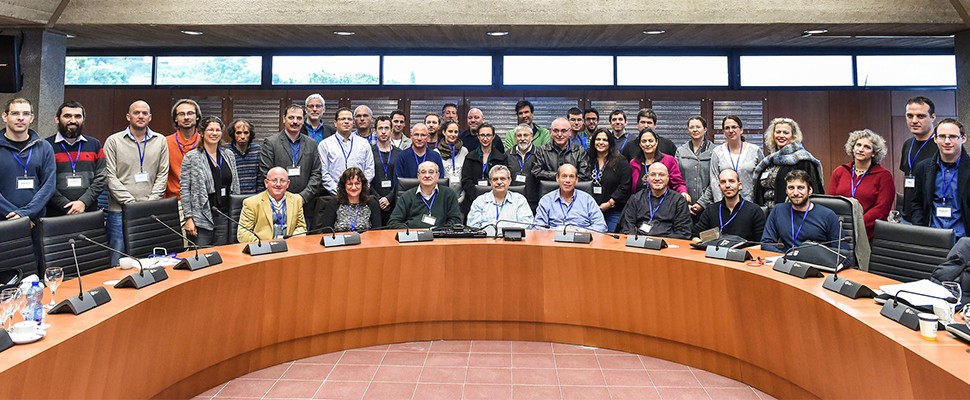
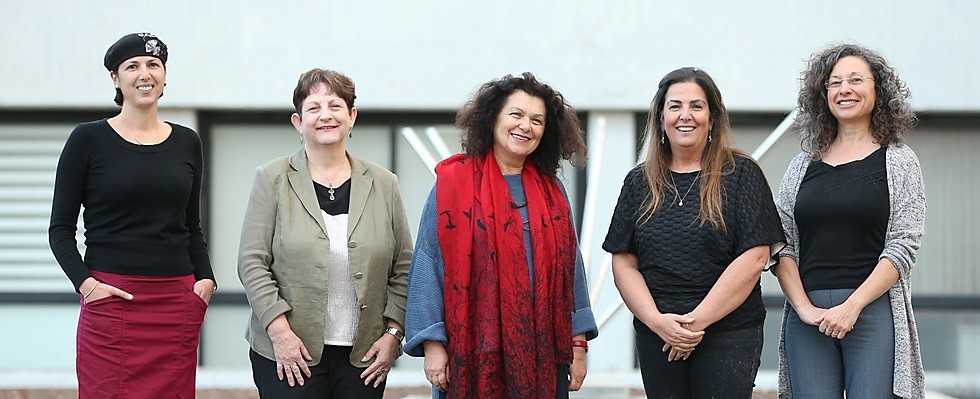
 As Dean, Professor Shwartz founded the Technion Computer Engineering Center (TCE), together with Professor Eli Biham, then Dean of the Faculty of Computer Science.
As Dean, Professor Shwartz founded the Technion Computer Engineering Center (TCE), together with Professor Eli Biham, then Dean of the Faculty of Computer Science.